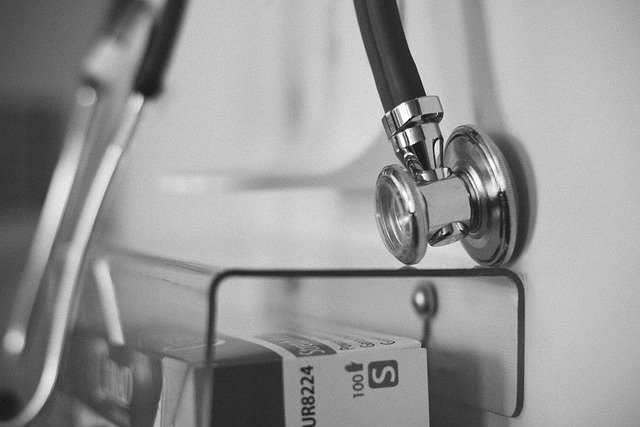
A hospital should be a place of safety, care and control - the last thing hospital administrators want to worry about is a security breach. Hospitals are responsible for the safety of a lot of people, including patients, doctors, visitors, nurses, and children, so it is essential that they use the best quality systems to ensure the highest quality of care.
Why do hospitals need security systems?
Hospitals often house the most vulnerable members of society, so it is imperative that they are protected from danger. Additionally, hospitals process a lot of sensitive personal information (such as medical records) that must not be accessed by unauthorised personnel.
In security terms, hospitals may be considered 'soft targets': high-density venues with a large number of access points. Other examples of 'soft targets' include shopping centres, sports arenas and schools.
Consider the layout of a hospital - there are countless rooms, entry points and exits. Because of this, keeping a hospital secure can be quite challenging.
How can hospitals improve security?
CCTV Cameras
You can use CCTV cameras as an effective crime prevention strategy within a hospital. They can be used as a deterrent to potential offenders - after all, no one wants to be caught on camera!
CCTV cameras are also useful in cases where prosecution is necessary as you will have access to video and audio evidence of any crime. In ongoing cases of security concerns, you'll be able to refer to a sizeable backlog of evidence.
Access Control
Access control is extremely important in hospitals due to the sheer number of entry and exit points. By installing an access control system, hospital administrators can streamline and monitor the traffic that passes through each possible access point.
By requiring specific credentials for access, you can improve security and minimise risk whilst eliminating the hassle of using traditional keys.
Security Barriers
Security barriers like gates, rising bollards and turnstiles can be used to limit access to different areas of a hospital. They can be manual, automated, or integrated into a full access control system.
Rising bollards might be beneficial within hospital car parks as vehicle barriers - they're an efficient and convenient way of controlling access to cordoned-off areas. Imagine the issues that would be caused if someone's car ended up blocking an ambulance bay!
How can we help you?
At IDS, we supply, fit and maintain a wide range of security systems suited to your premises. From security barriers to temperature monitoring, we can provide high-quality services to keep you safe. Click the button below to get in touch with us today and discuss your options.
CONTACT US